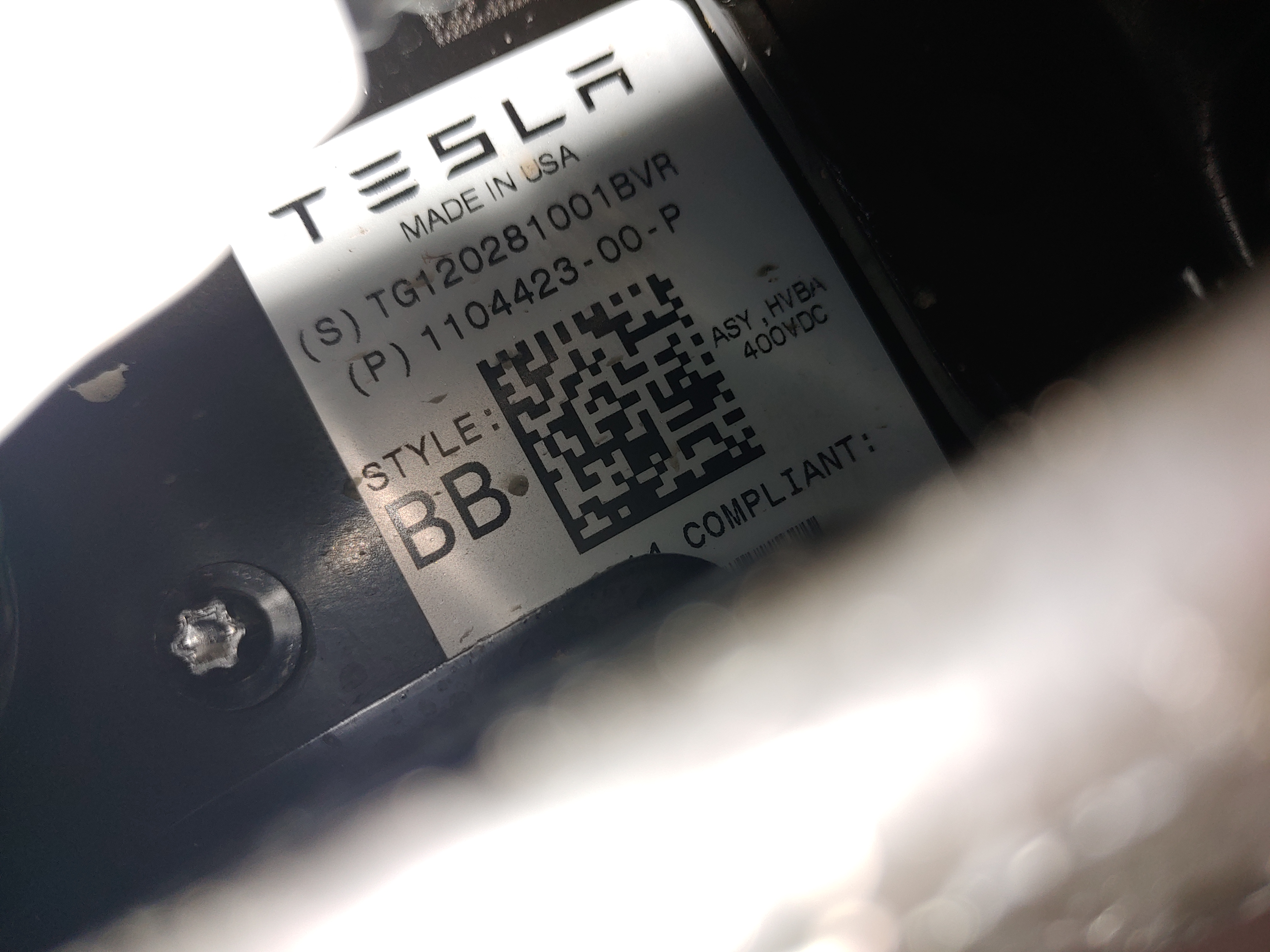AlanSubie4Life
Efficiency Obsessed Member
"Just" 78.6kWh?! Are you kidding me? You know very well that the max we had so far is 77.5 or thereabouts.
If you look at the prior released values from Tesla (or just go to my post which has the summary), prior Model 3 vehicles typically measured at 79.2-79.9kWh using the same test. It's been extremely consistent. There has been an occasional outlier like this, but by far the most common value is ~79.5kWh.
We've discussed this before - it comes down to the discrepancy between ~78kWh the BMS displays when fairly new, and the 79.5kWh they measure with the Hiokis.
The point is, apples to apples, the 2021 AWD test vehicle had less battery capacity (but not ridiculously so) compared to the 2020 test article, while the Performance was the highest I have ever seen - by far.
And, the point is, they were able to beat the results from the prior 2020 range tests, with less energy, with the AWD.
This is all extremely well documented on the EPA website and you can look up all the documents yourself.
Basic Search | Document Index System | US EPA
As I said, this PARTICULAR document is preliminary - so I suspect there will be a new revision of it soon. I would not be surprised if they retest the AWD and get a higher number. But the EFFICIENCY is higher, by ~4%, vs. the 2020 AWD. And with the test they did, with 78.6kWh, they can nearly certainly claim about 353 rated miles (EPA), due to the scalar increase. (About 18 miles from the scalar, and about 13 from the efficiency improvement.)
Last edited:



